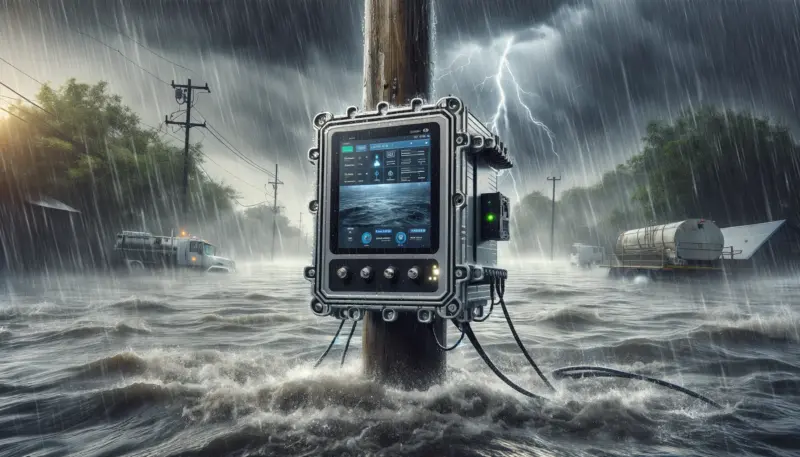Transform Your Business with the Digital Planning Twin
On this installment of RealBites by River Logic, Vice President of Corporate Development, Philip Higginbotham, shares how businesses can leverage digital twins to help learn the profit behavior of the business and avoid unintended consequences.
In today’s rapidly changing business world, companies are looking for ways to gain a competitive edge. One of the latest tools being used is a digital planning twin. A digital planning twin essentially creates a virtual representation of the business that includes an engineering quality representation of the supply chain at every level, as well as a very realistic representation of the demand function and financial model.
But why is this tool so valuable? By creating a virtual version of their business, companies can ask questions and test scenarios without having to physically implement them. This helps businesses understand their profit behavior and identify where unintended consequences may lie so they can avoid them.
The concept of a digital twin itself has been around for several years in industries such as manufacturing and industrial automation. However, its use in supply chain management is relatively new. One example of this technology being utilized is by PepsiCo who uses it to track products from production to delivery. In addition to PepsiCo, companies like Coca-Cola, Nestle, and Unilever are also investing heavily in digital twins for their supply chains. For these large conglomerates with vast supply chains spanning across multiple countries and regions, utilizing technology like digital twins becomes absolutely necessary for keeping up with demand while maintaining efficiency. By having access to real-time data on inventory levels, production cycles, shipping times and more via the digital twin platform; these companies can plan better for unexpected events such as natural disasters or labor strikes which could adversely affect product availability or lead times. Those who embrace this technology are already seeing results. One example being GE Aviation who used a digital twin simulation to optimize engine assembly lines which led to significant cost savings while improving production cycle times by 20%.
The benefits of implementing a digital planning twin do not stop there; some examples include:
- Improved forecasting accuracy: By utilizing real-time data on consumer demand patterns captured by IoT devices in conjunction with historical data; businesses can create more accurate predictions about future demand.
- Identifying bottlenecks: By simulating various scenarios and identifying potential bottlenecks in the supply chain, businesses can proactively make changes to avoid those issues before they occur.
- Improved collaboration: Digital twins help break down silos between different departments within an organization by providing a single source of truth for all data.
In conclusion, a digital planning twin is an incredibly valuable tool for businesses looking to optimize their supply chains. By creating a virtual representation of their business, companies can test scenarios and identify potential issues before they occur in the real world. This technology is becoming increasingly important as global supply chains become more complex due to factors such as globalization and changing consumer demands. Companies that embrace this technology will undoubtedly have an advantage in the marketplace, allowing them to better serve customers by improving efficiency, reducing costs and ultimately delivering better value.



